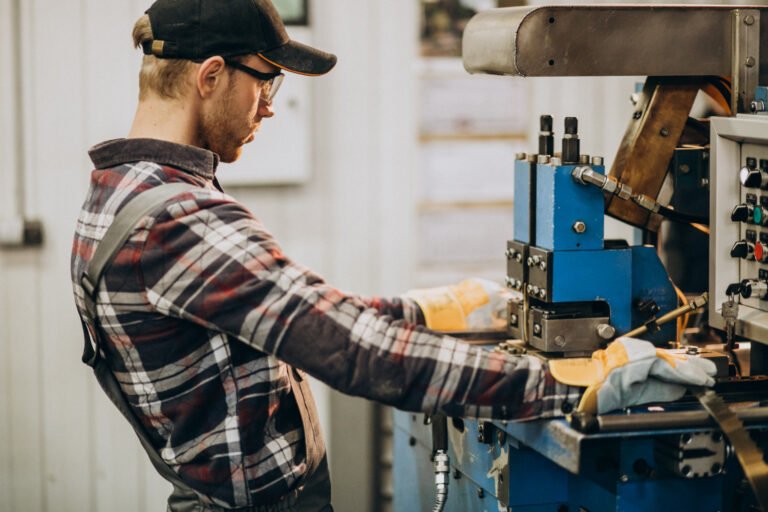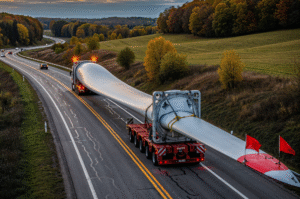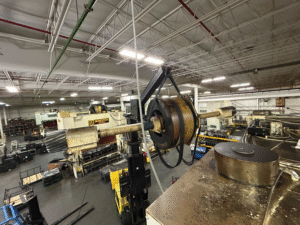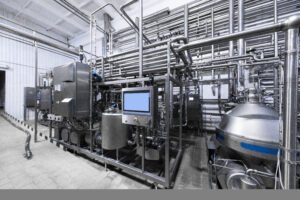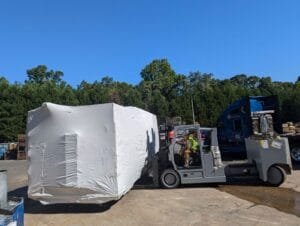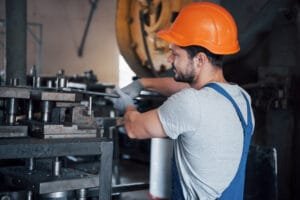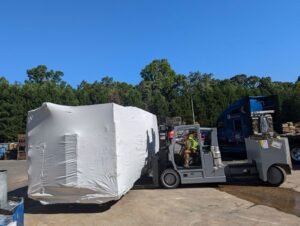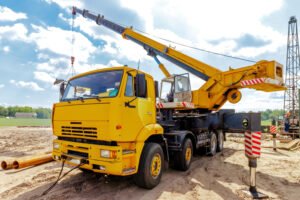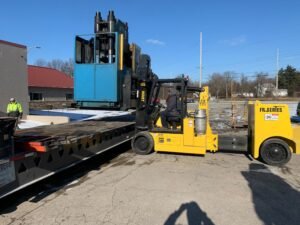In the industrial world, where uptime is vital and equipment is often expected to run continuously for years, millwrighting stands as a foundational trade responsible for the installation, maintenance, alignment, and repair of heavy machinery. A highly skilled millwright ensures that machines not only operate correctly upon installation but continue to do so for decades. The role is much more than simple mechanical work—it combines precision engineering, structural understanding, alignment technology, and proactive maintenance philosophy.
Long-term equipment efficiency is not a matter of luck or brand quality alone. It results from a well-orchestrated effort by experienced professionals, with millwrights playing a central role. Whether setting up a conveyor system, turbine, motor, or hydraulic press, every bolt, level, and micron of alignment affects not just immediate performance but future wear, operational lifespan, and safety.
This article explores the best practices in millwrighting that significantly contribute to long-term efficiency. It is tailored for plant managers, maintenance heads, project engineers, and millwrighting teams aiming to build a reliable machinery foundation that lasts.
Foundation and Setup Precision
Importance of Proper Foundations
Every piece of equipment, no matter how well-engineered, is only as stable as the foundation it rests on. A millwright’s first task is often to inspect or build a foundation that matches the equipment’s structural needs.
Concrete pads must be level to high tolerances, resist vibration, and be insulated from shock loading where applicable. Settling or slight inclines, if left unchecked, can misalign shafts, create uneven bearing wear, and cause inefficient power transmission. Grouting materials and anchoring bolts are chosen for both mechanical and chemical compatibility with machinery and environmental factors.
Anchoring and Leveling Equipment
Precision leveling with optical levels, laser alignment tools, or dial indicators ensures the machinery does not introduce misalignment forces into shafts, bearings, or belts. Anchoring methods must provide both stability and room for thermal expansion where relevant. The millwright must account for the dynamic nature of equipment, especially in plants with fluctuating ambient or operational temperatures.
Alignment and Tolerance Control
Shaft and Coupling Alignment
Misaligned shafts are among the most common causes of premature equipment failure. Laser shaft alignment has become a gold standard because of its speed, repeatability, and accuracy. Traditional dial-indicator methods remain in use and, when performed by a skilled millwright, can be equally reliable.
Precise coupling alignment reduces vibration, increases bearing life, improves energy efficiency, and reduces wear on seals. For high-speed rotating equipment, tolerances can be as tight as ±0.001 inches, making experience and technology equally critical.
Thermal Growth Considerations
Thermal expansion is often overlooked in initial setups. Millwrights must factor in both static and dynamic heat growth, especially in power generation and process manufacturing environments. By accounting for thermal movement in alignment settings, millwrights avoid future misalignment that would otherwise arise as machinery heats during operation.
Lubrication and Maintenance Integration
Designing for Lubrication Access
During installation, lubrication systems must be designed with long-term accessibility in mind. Lubrication points, grease fittings, or auto-lube systems should be installed in locations that maintenance staff can reach without disassembling other components. The choice between oil bath systems, grease packs, or dry-film lubrication depends on RPM, load, and environmental conditions.
Contamination Control
Contamination is one of the most prevalent reasons for reduced machine lifespan. Millwrights must seal systems against dirt, water, and metal particles, especially in dusty or high-humidity environments. Breathers, filtration systems, and magnetic drain plugs are small additions that provide substantial protective value.
Incorporating Maintenance Pathways
A best practice in millwrighting is installing and aligning equipment in such a way that predictive and preventive maintenance can be performed without unnecessary disassembly. Where space allows, adding walkways, swing-out platforms, or hinged guards can help technicians keep machinery in top condition with minimal downtime.
Vibration and Noise Minimization
Root Causes of Vibration
High vibration levels accelerate wear on bearings, couplings, gears, and foundations. Millwrights must recognize signs of imbalance, resonance, misalignment, or poor foundation design. While balancing is often a specialized task, initial machine placement can either reduce or amplify vibration.
Isolation Techniques
Shock mounts, vibration isolators, and damping pads are key to long-term noise and vibration control. These should be selected based on the dynamic load of the machinery, environmental temperature, and chemical exposure. Often, noise is a symptom of a deeper inefficiency or misalignment, and eliminating the root cause protects the entire system.
Equipment Upgrade and Retrofit Readiness
Building for Modularity
When millwrights plan for upgrades during the initial setup, future retrofits become far less costly and disruptive. This may include extra cable trays, space for drives or controllers, or modular mounting systems. Well-thought-out installations allow for technological upgrades without requiring full system replacements.
Interfacing Legacy Systems with New Equipment
One major efficiency bottleneck in older plants is the interface between new and old machinery. Millwrights must ensure that mounting plates, bolt hole patterns, torque requirements, and control signal pathways align. Adapter kits and baseplate redesigns are commonly used to reduce mechanical mismatch while maintaining performance.
Documentation, Compliance, and Training
As-Built Documentation
Thorough documentation of alignments, torque settings, leveling records, and installation schematics is often overlooked but is critical to future maintenance. Plant reliability teams rely heavily on millwright-provided drawings and logs during failure analysis or machine replacement planning.
Regulatory Compliance
Many industries require adherence to OSHA, ANSI, ISO, and NFPA standards. During millwrighting work, especially during rigging or lifting, all safety and operational codes must be followed to the letter. Efficient equipment doesn’t just run well—it runs safely and within compliance boundaries.
Operator and Technician Training
Even the best-installed machinery can underperform without knowledgeable operators. Best-in-class millwrights not only perform installations but also provide walkthroughs and basic training to operators. Knowing how to detect early signs of wear or failure helps extend machinery lifespan exponentially.
Alltracon: Your Partner in Long-Term Equipment Efficiency
When it comes to millwrighting services that deliver not just installation but long-term equipment efficiency, Alltracon is the name trusted by industry leaders. With a focus on precision, safety, and durability, Alltracon’s expert millwrights ensure every component is aligned, anchored, and maintained to perfection—extending equipment life and minimizing downtime across industrial facilities.
Conclusion
Millwrighting is much more than mechanical assembly—it’s the art and science of ensuring industrial machinery achieves its full performance potential across decades of service. Through precision alignment, vibration control, thoughtful planning, and maintenance integration, millwrights play an irreplaceable role in long-term efficiency.
Adopting best practices in millwrighting is not just beneficial; it is essential in competitive, uptime-critical industries. The upfront investment in qualified millwrighting services and adherence to these principles directly reduces the total cost of ownership while increasing safety, productivity, and reliability.
In a world where industrial output hinges on precision and uptime, expert millwrighting isn’t optional—it’s foundational.
